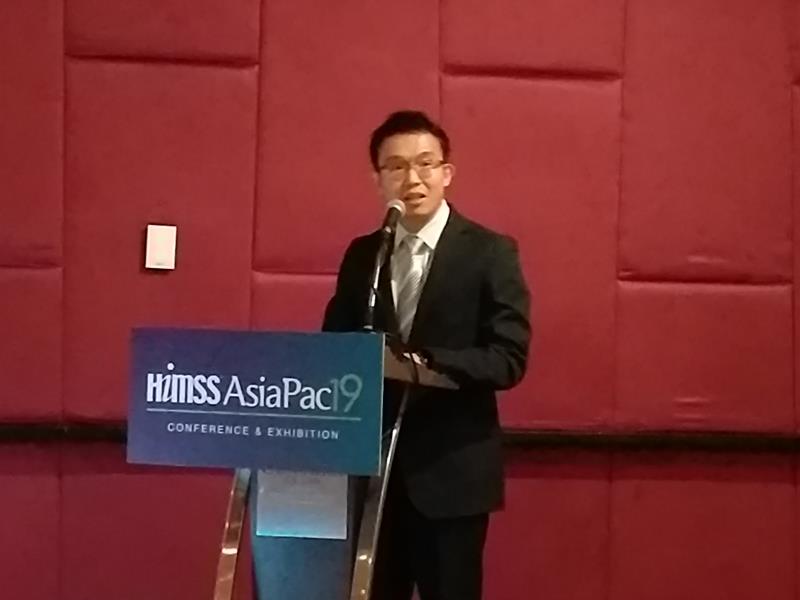
A digital-first approach, iConnect, allows patients to have greater access to services and guidance and enables healthcare providers to deliver much better postdischarge care, according to Lim Cher Wee, chief operating officer of the Ministry of Health, Office for Healthcare Transformation of Singapore, in his presentation at the recently concluded AsiaPac19 Conference & Exhibition of the Healthcare Information and Management Systems Society (HIMSS 2019).
He described iConnect as “a lightweight digital fabric that stretches across settings and across institutions, thereby enabling transitional care and longitudinal care.”
The online system allows hospital healthcare workers to share patient information with community-based service providers, promoting continuity of care across different teams and different settings.
The platform achieves this without loading additional and unnecessary administrative burden on the care providers. Designed to be easily accessible through smartphones or tablets, iConnect allows care providers to access patient information and match them to the appropriate service provider in ways that complement the existing case management systems of hospitals.
“We feel strongly that iConnect’s user experience needs to remain lightweight and minimalist,” said Lim. “This allows for the provider, especially those that are within the community, to spend less time documenting [and] more time understanding, more time communicating, more time connecting, more time catalysing what really matters in their care relationship.”
In the development of iConnect, Lim and his team first created a digital experience blueprint. This revealed to them four areas of existing electronic medical recordkeeping systems where they could potentially make differences in: flow-steering of patients into the appropriate care options, assessments of care needs, information sharing, and the objective allocation of care and related resources.
For its initial dry-run, iConnect was offered to one precinct in Singapore, enrolling complex medical cases. This group comprised elderly adults >65 years of age, possessing multiple conditions, having both health and social issues, and requiring a certain level of coordination and assistance.
On the other end, the healthcare professionals included the care managers in the hospitals and the nurses and social workers providing community-based services.
Immediately, the team observed that of all clinician decision points, only 30 percent involved the patients, and that most of the processes occurred behind the scenes.
Working with physicians and healthcare workers, and consulting with patients, the team identified particular pain points in the process and came up with several validated value propositions. One such value idea is that despite suffering from complex medical cases, every patient wants to feel that they are making informed decisions, Lim explained.
Taking all the information into consideration, the team was able to optimize and redesign the overall flow of providing care, focusing on the intended user experience. The resulting process involved patients in about 70 percent of all physician decision touchpoints.
“We also hope that we are able to significantly reduce the no-show rates for first appointment at community-based partner sites,” Lim said. “We think that if we can create such a platform where we can work jointly together with community partners, and also increasingly with industry, we have a fighting chance to allow for iConnect as system to contribute and deliver.”
“We believe that, to a large extent, a product or platform like iConnect is able to enable the emergence of an ecosystem of carers. What we mean by this is essentially that a platform like iConnect is able to enable communities of carers to better collaborate … in a way that contributes to more sustainable care and better health,” he added.